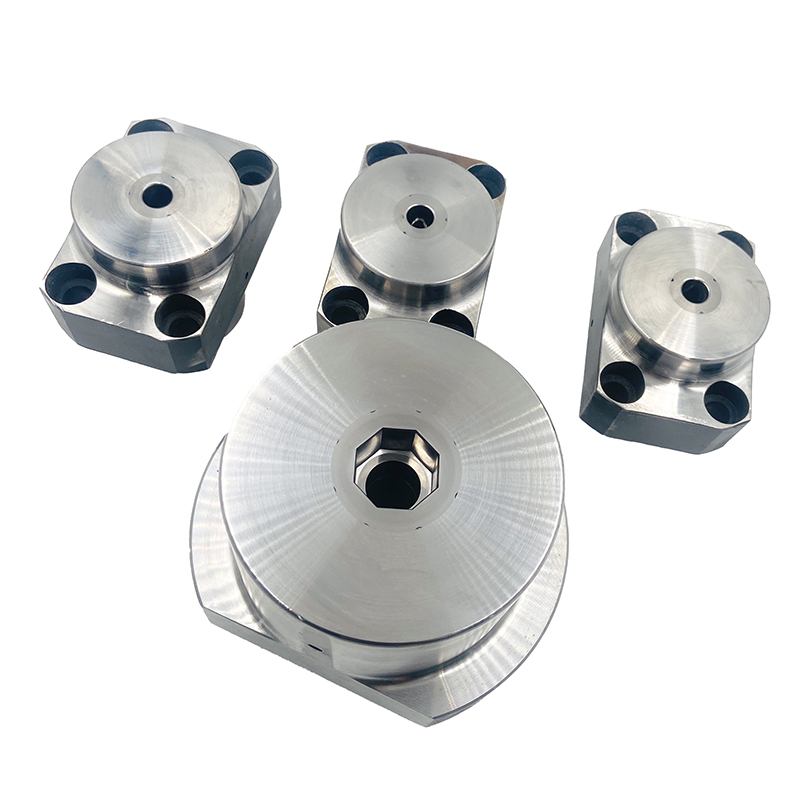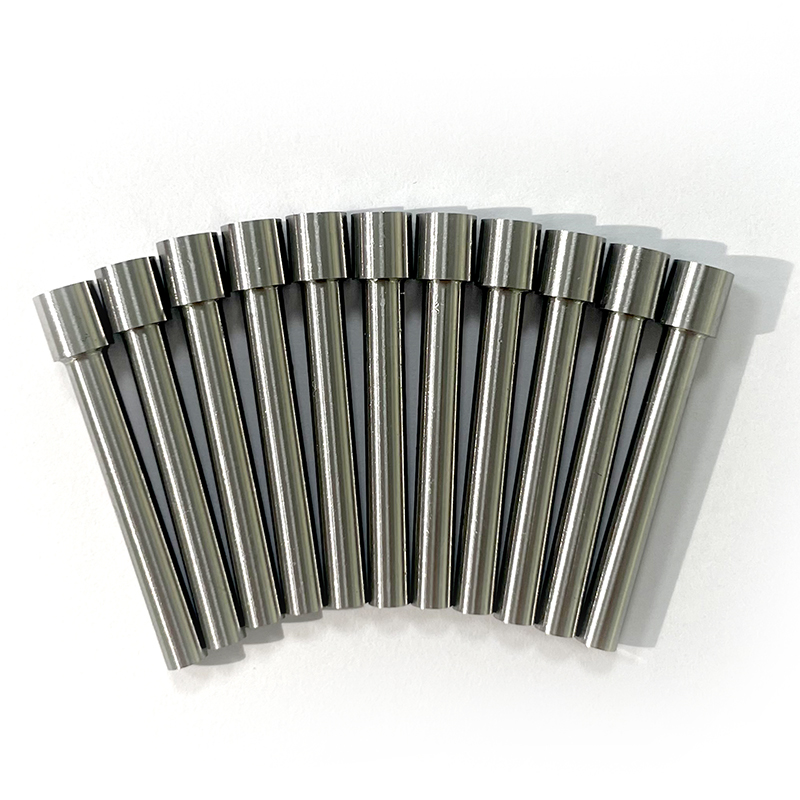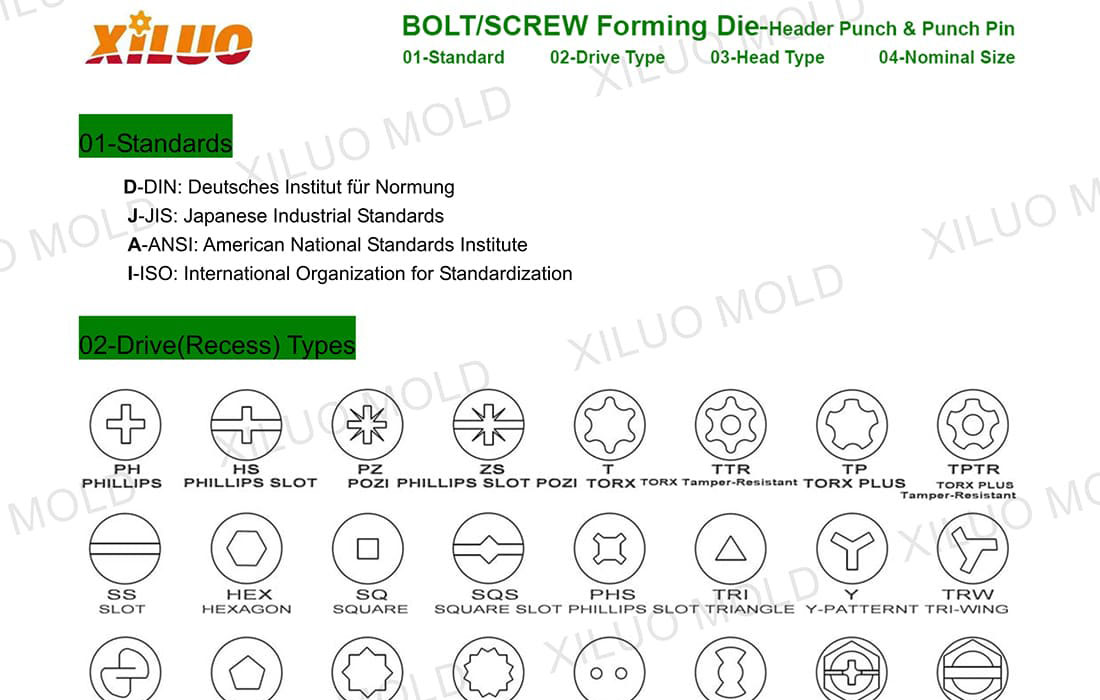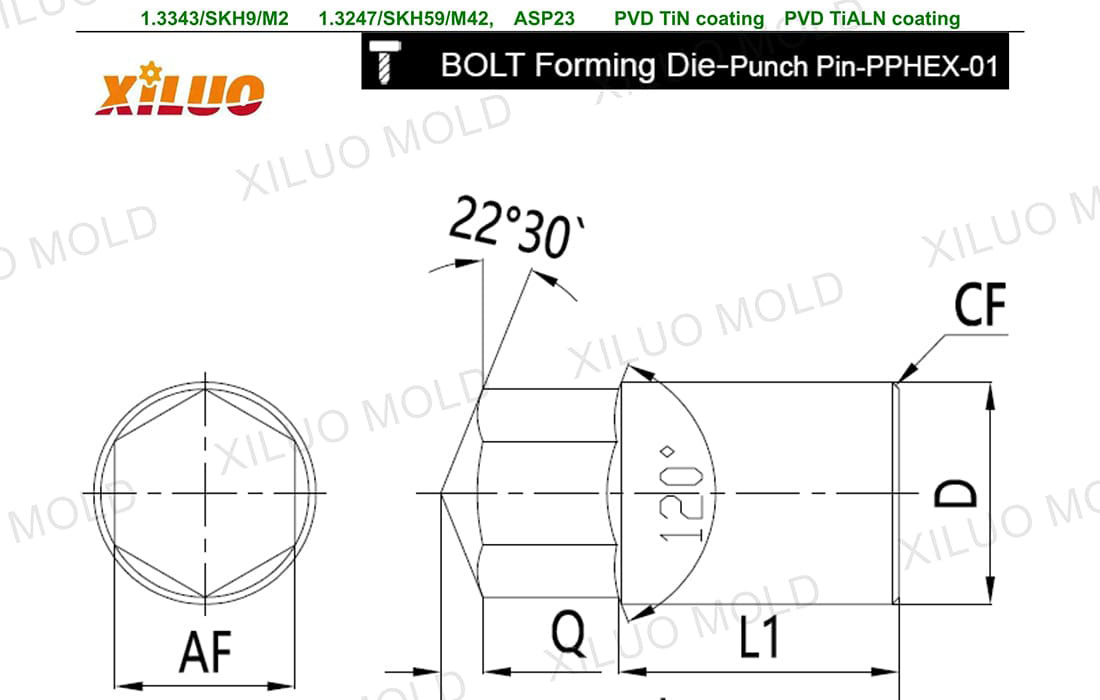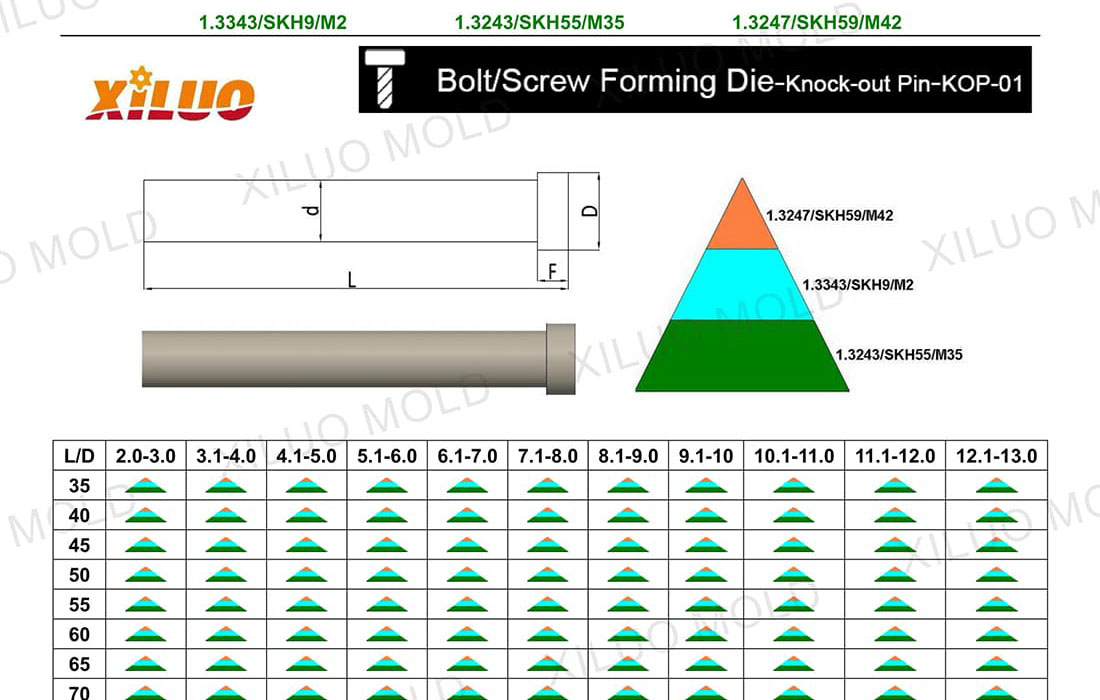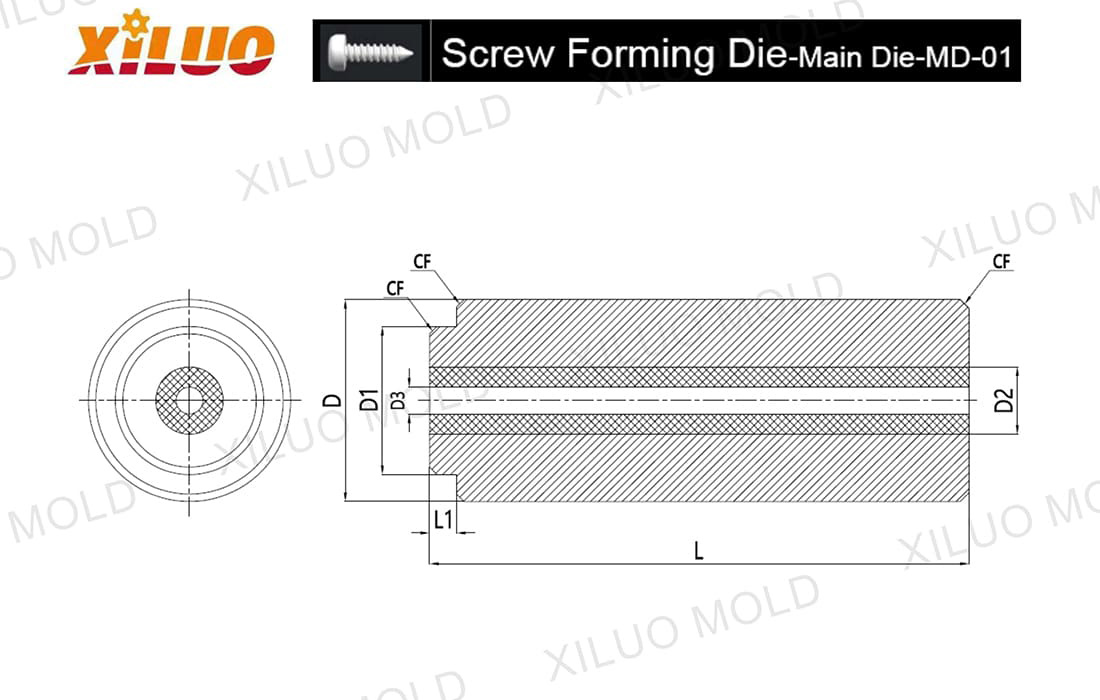De bedste produkter
How to choose the product surface treatment
Almost all commercial fasteners are made of carbon and alloy steels and are generally required to be corrosion-resistant, so the plating on the surface finish must be firmly attached and not come off during installation and removal. On the other hand, for threaded fasteners, the plating also needs to be thin enough that the threads can still be screwed together after plating. The plating generally has a lower temperature limit than the fastener material, so the operating temperature requirements of the fastener also need to be considered.
The main purpose of surface treatment is aesthetics and corrosion protection. Since the main function of fasteners is to fasten parts and components, and the surface treatment also has a great impact on its fastening performance. Therefore, when selecting the surface treatment process, factors such as the torque and preload consistency of the fastener should be considered.
A high level of designers, not only to consider the structural design and manufacturing process, but also pay attention to the assembly process, and even environmental and economic requirements. The following is a brief introduction to some of the fasteners commonly used plating according to the above factors.
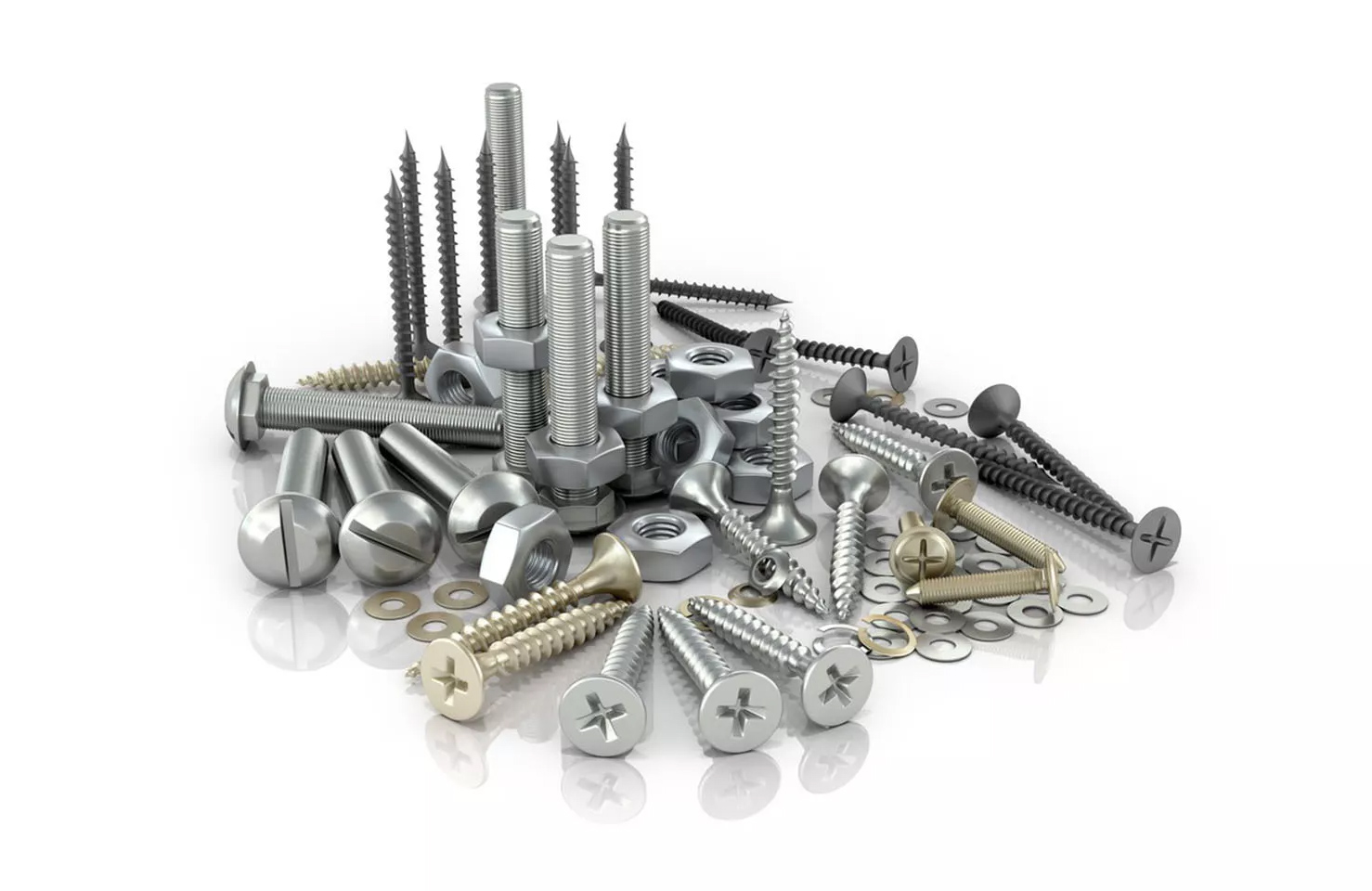
Electro zinc plating is the most commonly used plating for commercial fasteners. It is cheaper and has a better appearance, and can come in black and army green. However, it has average corrosion resistance and its corrosion resistance is the lowest of the zinc plating (coatings). Generally, the neutral salt spray test of electro-galvanized zinc is within 72 hours, and there are also special sealers that make the neutral salt spray test up to 200 hours or more, but the price is expensive, 5 to 8 times of the general galvanized.
Electro-galvanizing process is prone to hydrogen embrittlement, so the bolts above 10.9 grade are generally not galvanized. Although you can use the oven to remove hydrogen after plating, but because the passivation film will be destroyed at 60 ℃ or more, so the hydrogen must be removed after plating before passivation. This is poor operability and high processing costs. In reality, the average manufacturer will not initiate dehydrogenation unless it is mandatory for a specific customer.
Zinc plated fasteners have poor and unstable torque-preload consistency and are generally not used for critical connections. In order to improve the torque-preload consistency, it is also possible to improve and increase the torque-preload consistency by applying a lubricating substance after plating.
Tidligere: Preventive measures for delayed fracture of high strength bolts
Næste: Ikke mere


